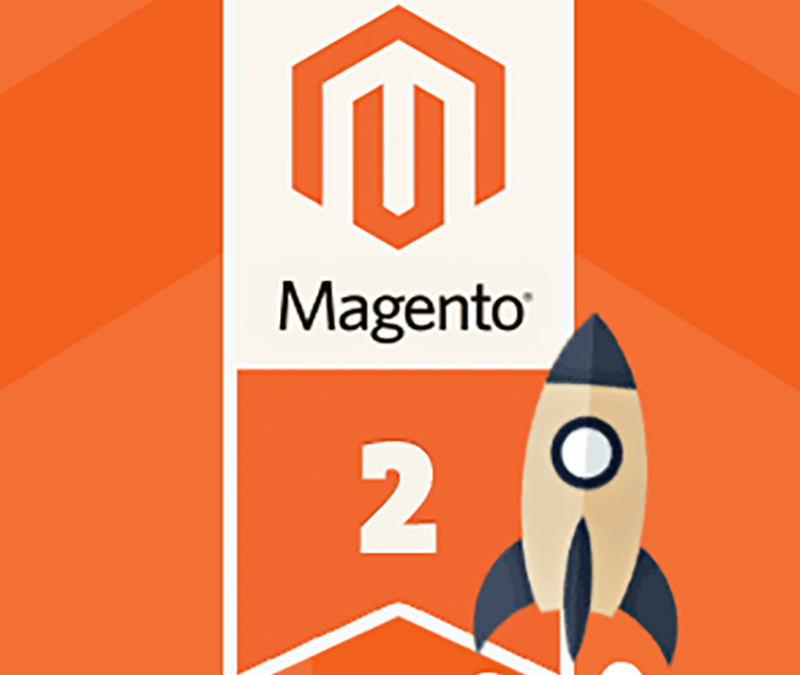The era of Magento 1 is coming to an en
The largest e-commerce platform, Magento, Googled more often than the word e-commerce itself, will enter a new chapter by solely focusing on Magento 2, which is a completely new code-base CRM in other words, a new platform. Not only this, but Magento has finally announced on their blog the date that they will STOP supporting all versions of Magento Commerce, from 1.9 to 1.14, which is now set in stone for June 2020.
Magento all started in 2007, with the Varien project ran by two UCLA students – meant to compete with osCommerce, going through many changes in business strategy and reaching its peak in 2018, when Magento was acquired by Adobe for $1.68 Billion, with a view to integrating it into Adobe Experience Cloud, Adobe’s Enterprise CMS platform (which actually happened this year)! The acquisition was finalized in June 2018… so the Magento’s origin would fit any Hollywood success-story.
Magento 2
In 2015, Magento 2 was made for beta testing. It had clear advantages over Magento 1, namely speed of delivery of pages, security, scalability, integration to search engines, Ajax add to cart, which will allow users to sync their Magento stores with Amazon and integrate their product catalog with Google Merchant Center and Google advertising channels. Magento 1 will cease to be supported at the end of June 2020 so most of the hundreds of thousands of retailers still operating on the system should begin to think about what steps they need to take now to ensure a smooth transition to the new version.
“For Magento Commerce 1 (Enterprise), we are providing software support through June 2020. Depending on your version, software support may include both quality fixes and security patches. For Magento Open Source 1 (Community), we are providing software security patches through June 2020 to ensure those sites remain secure and compliant”, Magento representatives said in a recent press release, as more and more users became restless seeing they had to make drastic changes to their business operating platforms.
Once the support will end, Magento 1 sites will start becoming increasingly vulnerable to many security threats, especially since no newer features or security measures will be added to the open source platform. In other words, the security of both customers and businesses will be at risk of being hacked, and hosting vendors will charge more to ensure the site remains protected. Transitioning to Magento 2 can be a positive digital transformation with the right steps in place and a good plan.
We suggest planning for the upgrade by June 2019, so in perfect time for the next financial year. There’s a lot to be excited about with Magento 2, as it delivers superior cloud-hosted performance at scale, freedom from IT bottlenecks with creating, scheduling, and launching compelling content, and true business intelligence capabilities. Plus, Magento’s unmatched flexibility enables its global community of partners and developers to deliver virtually any commerce experience in record time and at a superior total cost of ownership.
“We’re seeing tremendous community and market momentum for Magento 2 as a whole, now with more than 2.000 available extensions, new capabilities launching quarterly and over 8.000 new quarterly Magento 2 site launches on top of 30.000 existing Magento 2 sites“, said Joe Ayyoub, Director of Support Operations at Magento.
Of course, long-standing Magento clients will continue to benefit from the open source platform, and newly built e-commerce sites are being developed using Magento 2, marking an important moment for an edge in business competitiveness.
Transitioning to Magento 2 involves effort, being an entirely new platform with substantial framework differences from Magento 1, with extensions and custom code that will need to be reviewed, rewritten, and made compatible with Magento 2 and more recent versions of PHP, so this whole process should be started as soon as possible in order to have optimal time until the end of life of Magento 1.

